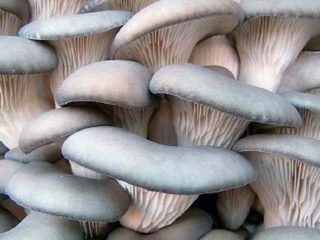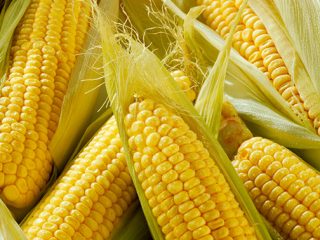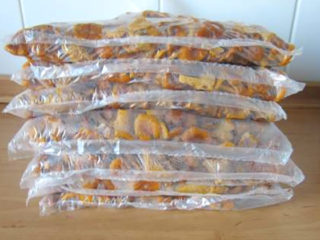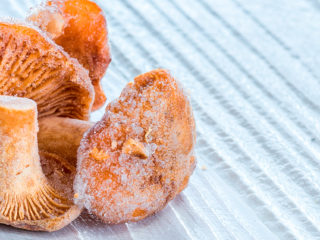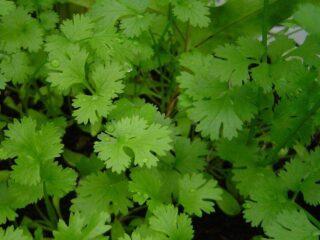Content
You can freeze cauliflower for the winter in fresh or boiled form. To keep a vegetable in the refrigerator for a long time, you need to prepare it according to all the rules.
Can cauliflower be frozen?
Storing cauliflower in the freezer is not prohibited, but you must follow the basic rules:
- use only healthy and dense inflorescences for long-term storage;
- Freeze as quickly as possible;
- maintain a constant temperature throughout storage;
- Avoid thawing and re-freezing.
When stored in the freezer, the product fully retains the beneficial substances in its composition. It can subsequently be used for boiling, frying, stewing and other processing. But it should be taken into account that the consistency of the vegetable after freezing will become less dense, and the smell and color may change for the worse.
How to choose the right cauliflower
To freeze cauliflower for the winter, you must first of all choose a quality product for processing. Heads of cabbage should be:
- fresh and young;
- dense, with well-fitting leaves;
- without darkened and flaccid plates.
Do not process a product that has visible dark spots or black spots. Such marks indicate the presence of a fungus. In principle, spoiled inflorescences are not recommended for consumption, since they can easily be poisoned.
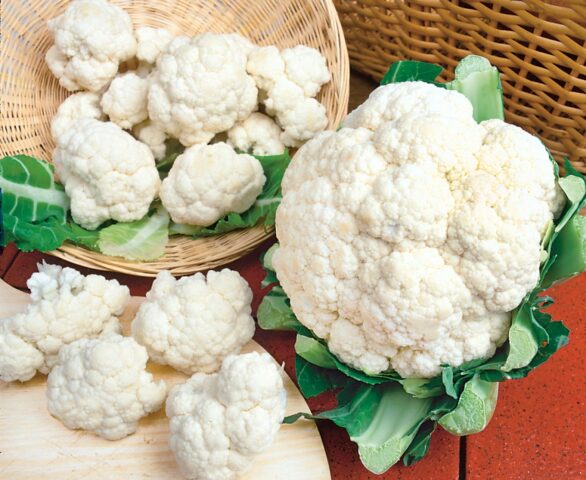
For freezing, it is better to take the heaviest heads of cabbage - they contain more juice
Choosing containers for freezing
Preparing cauliflower for freezing includes choosing the right container. The packaging should be airtight and compact enough to be placed in the refrigerator without any problems.
A good affordable option is plastic containers with tight-fitting lids. You can also use special ziplock bags designed for storing food in the freezer. But it’s better not to take ordinary plastic bags - at subzero temperatures they become hard, brittle and often break.
How to properly freeze cauliflower in the freezer
The most popular way to freeze cauliflower is to place the fresh vegetable in the refrigerator. The head of cabbage is prepared as follows:
- Cut off the outer leaves.
- Disassemble the head of cabbage into separate small inflorescences.
- Immerse in cold salted water for five minutes.
- Dry on paper napkins to remove excess moisture.
After this, the inflorescences need to be placed in clean, dry containers and put in the freezer.
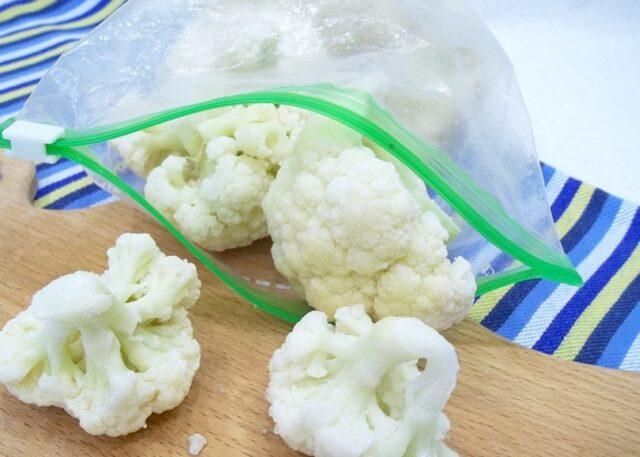
Large cabbage pieces are frozen for frying and stewing; smaller pieces are frozen for soups and stews.
Do you need to boil cauliflower before freezing?
Whether you freeze raw cauliflower or boiled cauliflower does not matter. If you later need to use the product for baby feeding, it is better to first heat treat the pieces. In this case, the vegetable will retain all its valuable properties, but after thawing it will be softer.
You can boil cauliflower before freezing according to this procedure:
- The vegetable is washed and the leaves are removed.
- The head of cabbage is divided into equal pieces.
- Dip the inflorescences into boiling water and cover with a lid.
- After a few minutes, add salt to taste and boil for another 2-3 minutes.
- Remove the inflorescences and immediately immerse them in a pan of cold water.
- Dry and place in prepared containers for freezing.
The dense stem of the cabbage head is not used for food purposes. It must be separated from the inflorescences and disposed of.
How to Blanch Cauliflower for Freezing
Raw inflorescences contain enzymes that over time make the pulp bitter and give it an unpleasant odor. Blanching cauliflower before freezing helps preserve the flavor, original color, and elasticity of the head. With short-term heat treatment, the enzymes are destroyed and no longer affect the quality of the product.
Blanching cauliflower before freezing is carried out according to the following scheme:
- The product is washed and cleared of leaves.
- Divide the head of cabbage into small inflorescences.
- Place the pieces into boiling water.
- Leave for no more than three minutes and immediately after that cool under the tap.
When preparing cauliflower for freezing, it is important to provide the vegetable with a sharp temperature change. The faster the product can be cooled after blanching, the better the taste and health properties will be preserved.
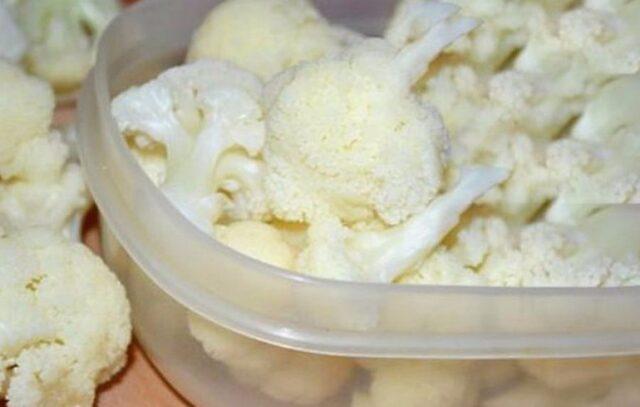
Containers for freezing do not need to be sterilized, but it is important to ensure that there is no excess moisture in it
How to Freeze Cauliflower for Baby Food
In the form of a puree, the vegetable can be introduced into baby food from 6-7 months. The product is convenient to prepare for future use by freezing. The algorithm looks like this:
- The head of cabbage is thoroughly washed and excess leaves are removed.
- Boil the inflorescences for 5-6 minutes until softened.
- The pieces are immediately pureed using a blender.
After cooling, the workpiece is laid out in silicone or plastic molds with airtight lids for freezing. It is recommended to take small containers designed for one portion of the product.
Freezing with broccoli
If you are preparing the product with other ingredients, it is better to freeze the cauliflower and broccoli. In winter, the mixture will be convenient to use to create soup, stew and other dishes.
The freezing process looks like this:
- Cabbage of two varieties is taken in equal quantities, washed and cleared of leaves.
- Cut off the stalks and remove damaged areas, if any.
- Divide both heads of cabbage into small inflorescences.
- Bring water to a boil in a saucepan and add a little salt.
- Cool the liquid and immerse the vegetables in it for half an hour.
- Remove from water and dry.
After this, the inflorescences are laid out in containers and bags, making sure that both types of cabbage are included in one package.
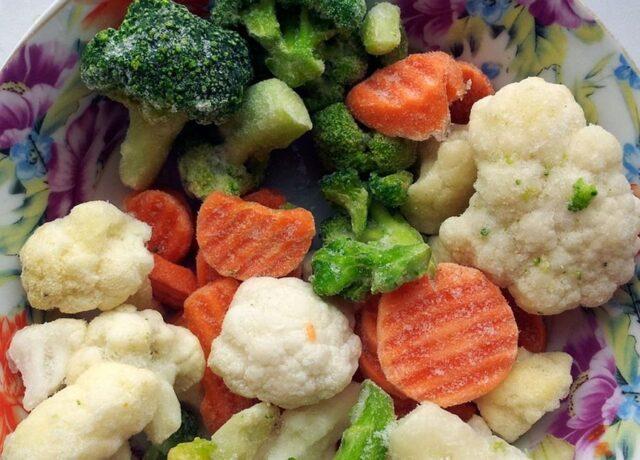
When frozen, you can add green peas, carrots and other ingredients to cabbage pieces
Why does cauliflower turn dark after freezing?
If cauliflower turns blue when frozen, this indicates that the vegetable was not processed correctly. Most often, the inflorescences change color when the temperature in the refrigerator is too high. In this case, it is not possible to ensure deep freezing, and the pieces of cabbage slowly deteriorate.
Another possible reason for the change in color is excess moisture in the pulp. It is necessary to wash cauliflower before freezing, but after that it must be thoroughly dried.
How long does cauliflower last in the freezer?
Freezing cauliflower for the winter ensures that the vegetable will remain fresh for 6-9 months. To prevent the inflorescences from deteriorating ahead of time, you need to monitor the stability of the temperature regime and prevent accidental thawing.
Can it be re-frozen?
You can defrost cabbage pieces only once. The product is not subjected to repeated freezing and subsequent thawing, since it will lose its pleasant taste and smell or simply deteriorate.
To make it more convenient to consume the vegetable, place it in small containers or bags. In this case, before thawing after freezing, the solid contents of the container will not have to be crushed.
How to defrost
If the product is to be boiled, stewed or fried after freezing, then there is no need to defrost it. The pieces are subjected to heat treatment immediately after removal from the refrigerator.
The vegetable requires pre-thawing if it is planned to be added to a salad or baby formula. In this case, the frozen product is moved to the top shelf of the refrigerator and kept there for five hours.
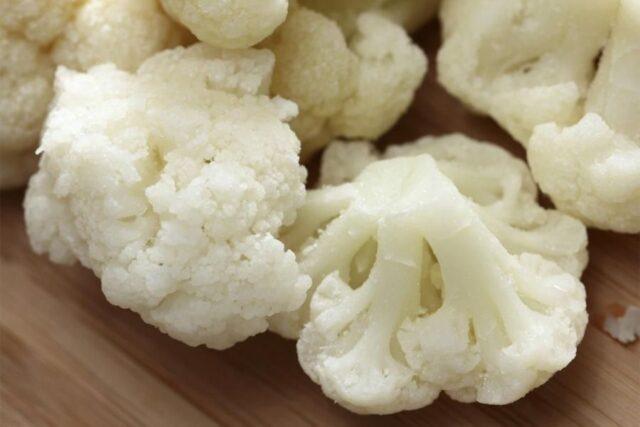
You can defrost cabbage pieces in the microwave, but they may become tough.
Conclusion
You can freeze cauliflower for the winter raw or boiled, separately or together with other vegetables. At low temperatures, the pieces fully retain their valuable properties, although they may lose their elasticity. The taste after defrosting depends on how well the product was processed.
